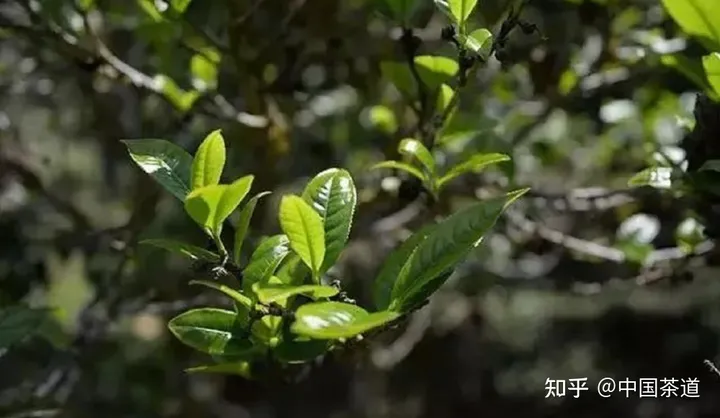How do you say thank you during the tea ceremony?
Tapping the table with two fingers (the middle and index finger) expresses gratitude toward the person serving the tea. This ritual evolved from the ancient Chinese custom of expressing thanks by bowing one's head to the ground in a reverential bow.
But who created this tradition and when?
It was born during the time of Emperor Qianlong 乾隆皇帝(1736-1795), the fourth Emperor of the Qing Dynasty 清朝 (1644-1911). Legend has it that Qianlong used to sneak out of the kingdom, dressing as a commoner, to frequent the tea rooms 茶馆, always accompanied by his faithful court subject. The tea rooms of that time had the same atmosphere as today's wine bars. The emperor liked going to tea rooms for two reasons: 1) he loved drinking tea and always discovering new ones 2) he liked listening to people's stories, understanding how they lived, what they complained about, all those stories that he couldn't hear at court. One day, going to one of the tea rooms, he tasted an extremely good tea, so good that he wanted to share it with his court subject who was sitting in front of him. The subject, unable to thank him with the usual court bow to maintain his anonymity, used his hand to represent his body bowing and the knuckles of his hand to represent his head bowing to the ground in thanks.
Over time, this gesture has become simpler: just bend your hand and touch the surface of the table repeatedly with two fingers, as if you were knocking, to express "thank you" (xiexie)!









